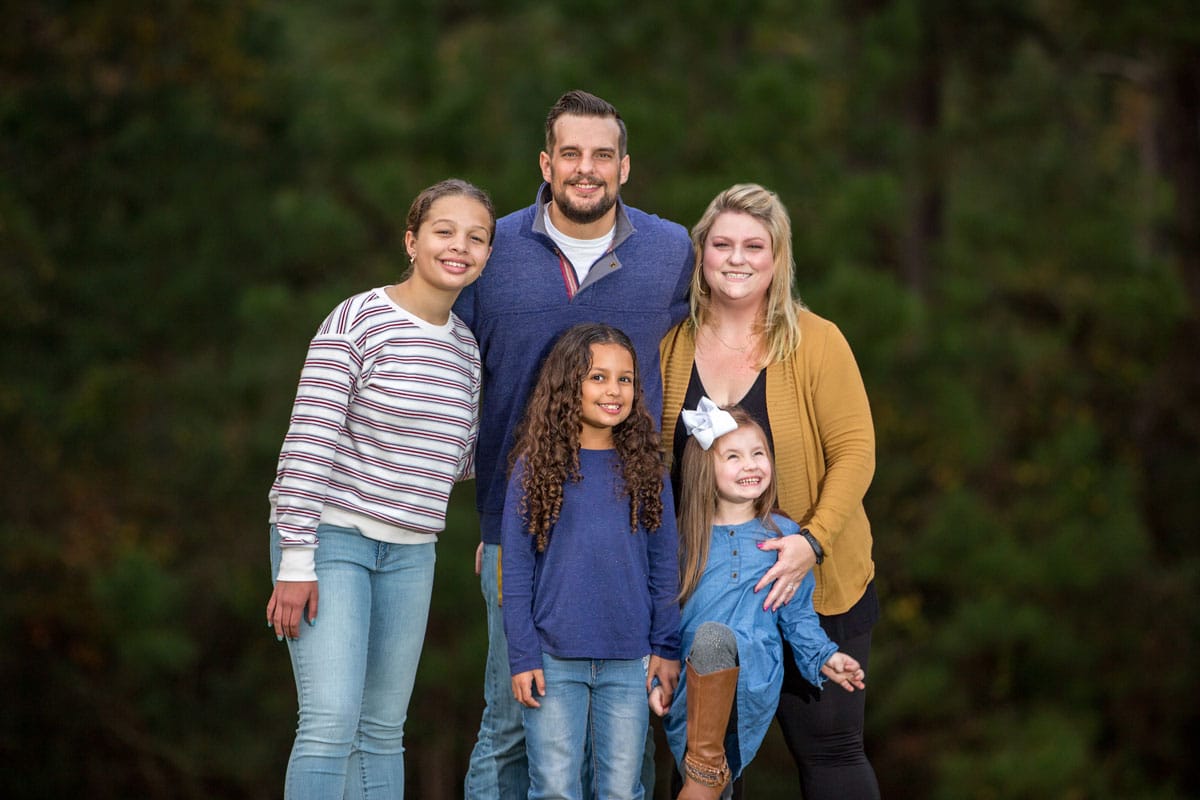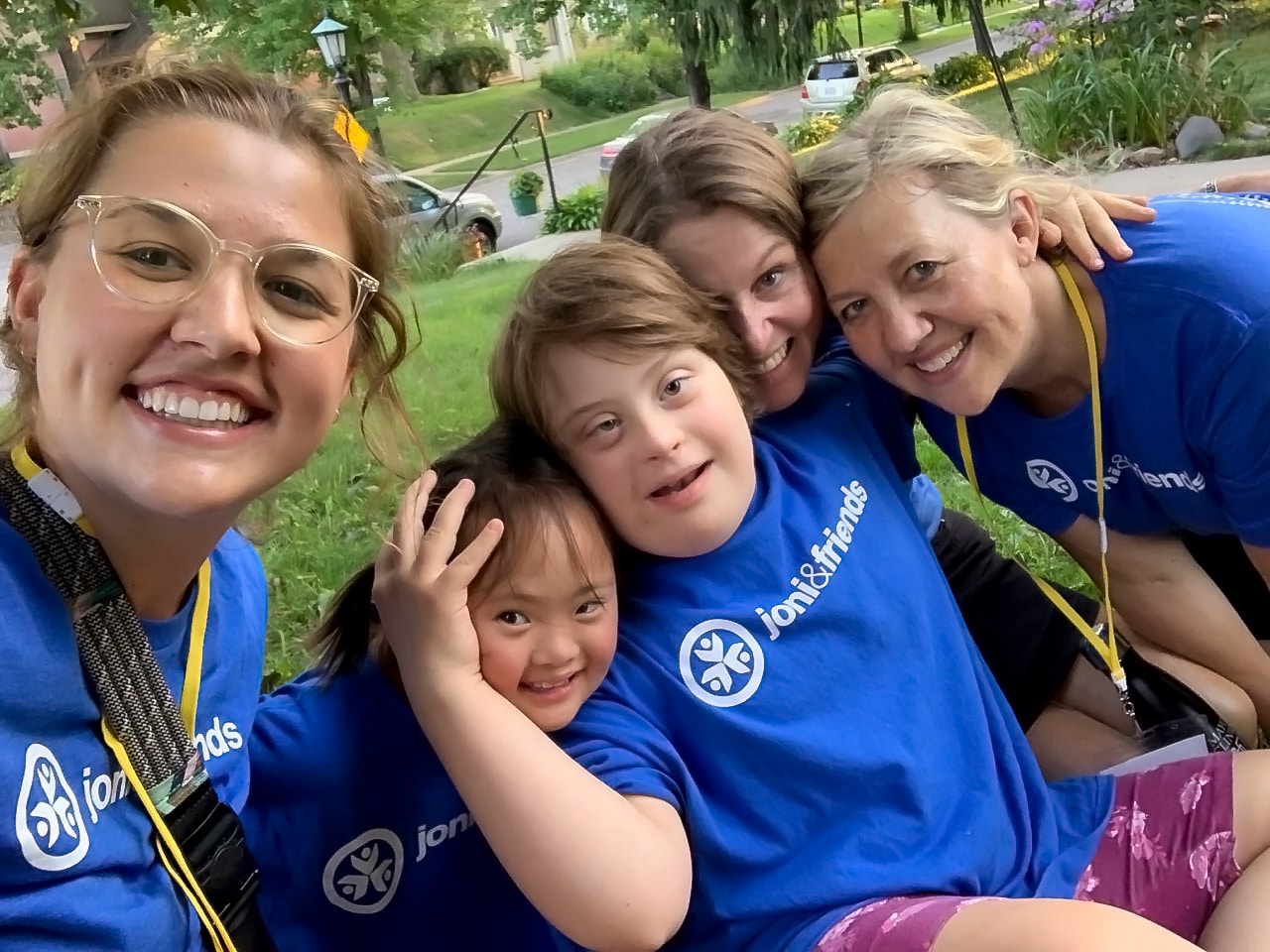Six Steps To Offering Specific And Practical Help To A Family Living With Disability

Sometimes, the best “disability ministry” isn’t done on Sunday at church, but in the home of a family living with disability.
When a baby is born, an unexpected illness strikes, or a death in the family occurs, churches are good about providing meals, helping with household chores, and providing emotional support. But caring for a person with a disability is not a single moment in time! There is not always a crisis point that clearly calls for a response. The support needs of a family affected by disability are usually invisible to those looking from the outside, causing families to feel isolated and overwhelmed.
It can be very difficult for families to ask for help when there is nothing in particular, but everything in general, that is causing stress or stretching margins. Asking a family to figure out one or two things that would be helpful adds even more stress. “Let me know if there’s anything we can do” is therefore unlikely to get a response. For more insight into these needs read, How to Support a Family Living with Disability as a Church.
So how do we proactively offer specific, practical help? By following these six steps.

Step 1: Appoint a Point Person
Choose someone the family trusts to be the primary point of communication with the family. Sharing needs and asking for help is an intimate thing for many people.
Having a single trusted person the family can talk to streamlines communication and avoids confusion.
A point person can often recognize needs that the family may not see, express, or believe are worth mentioning. Because they have taken time to build a relationship with the family, they can better understand their needs and provide proactive support.
Step 2: Gather Information
The point person meets with the family to determine their specific needs, concerns, and dreams. With a good understanding of the family’s situation, they can begin strategizing on how to best support them.
Step 3: Build a Team

Each church will have a unique approach to gathering a care team to support a family in need. In some cases, life groups or community groups will “adopt” a family. Other churches may already have an existing care ministry that can assemble a team.
If your church already has teams in place to deliver meals or provide rides, consider coordinating support with them. The information gathered from the point person will help determine the size of the support team and if members need specific skills.
Step 4: Set Goals and Determine Time Commitment
As you recruit individuals for the team, it is important to set clear expectations for how often their involvement is needed, what they will do, and for how long. Having these expectations clearly outlined will strengthen your volunteer commitment.
Your team can work together to find creative and fun ways of supporting the family.
The point person will coordinate the team’s schedule for meeting needs. Some needs are going to be short term, but others may last a lifetime.
Step 5: Have a Back-up Plan
If someone on the team is unable to fulfill their commitment, have a plan in place to cover their involvement so the family’s needs can still be met.
Step 6: Monitor the Team
Once a team begins caring for a family, the point person will check in with the family to be sure that the family is comfortable with how things are going.
They should also make sure that volunteers are comfortable with their involvement. Be aware of adjustments that need to be made based on the changing needs of the family and those who are volunteering on the team.

It is important to remember that the goal of offering practical care is to be the hands and feet of Christ.
Coordinated care teams should be designed with the purpose of pointing families to Jesus and paving ways for them to be involved in the life of the church.

Do You Have Questions?
Contact us at [email protected] or call (818) 707-5664. We’re here for you. Your ministry’s success is our highest priority!





